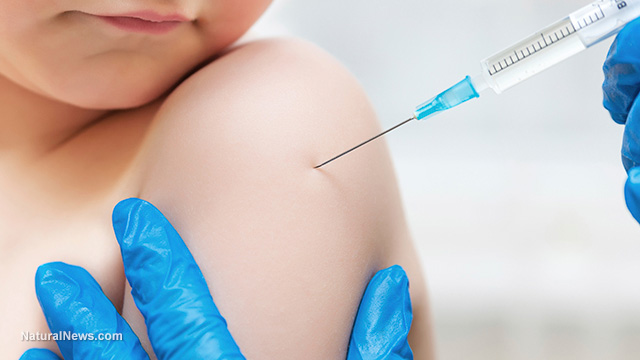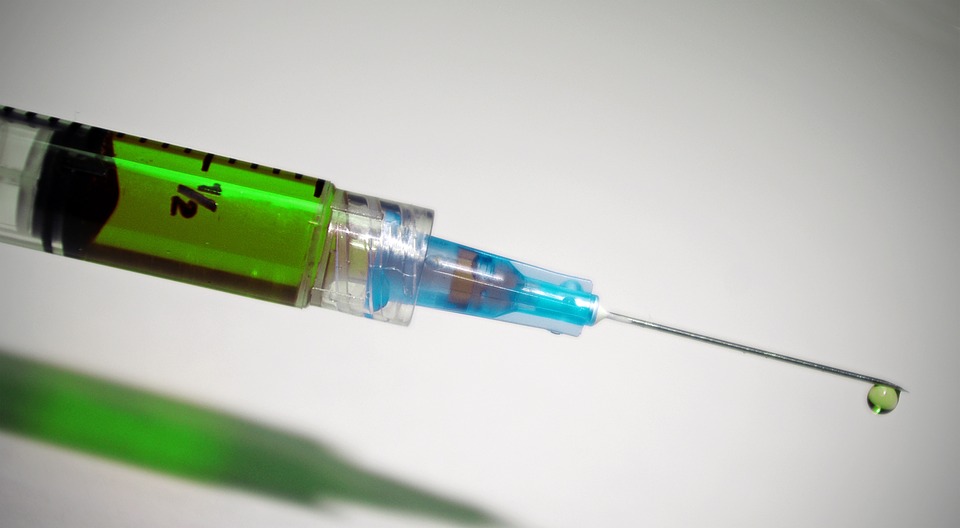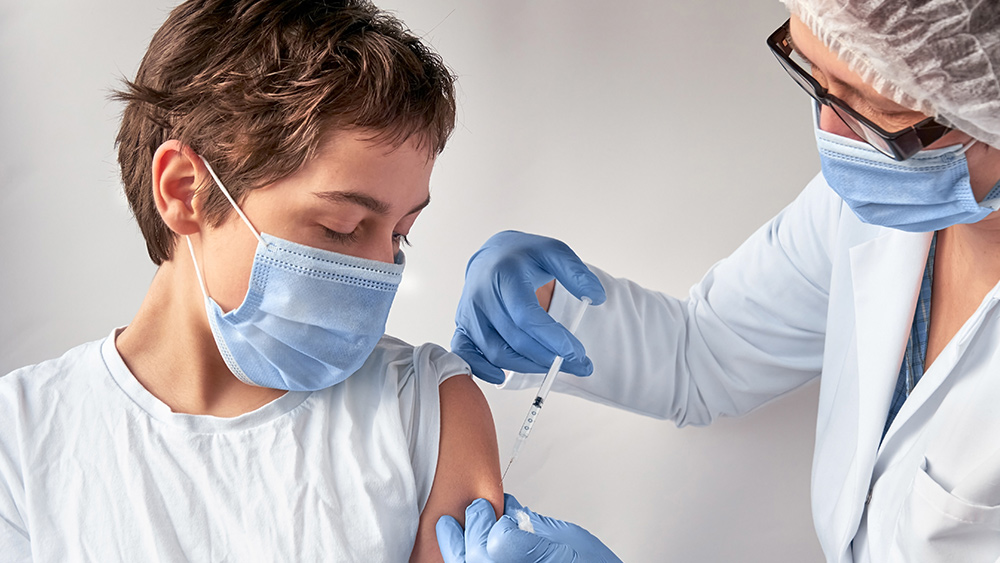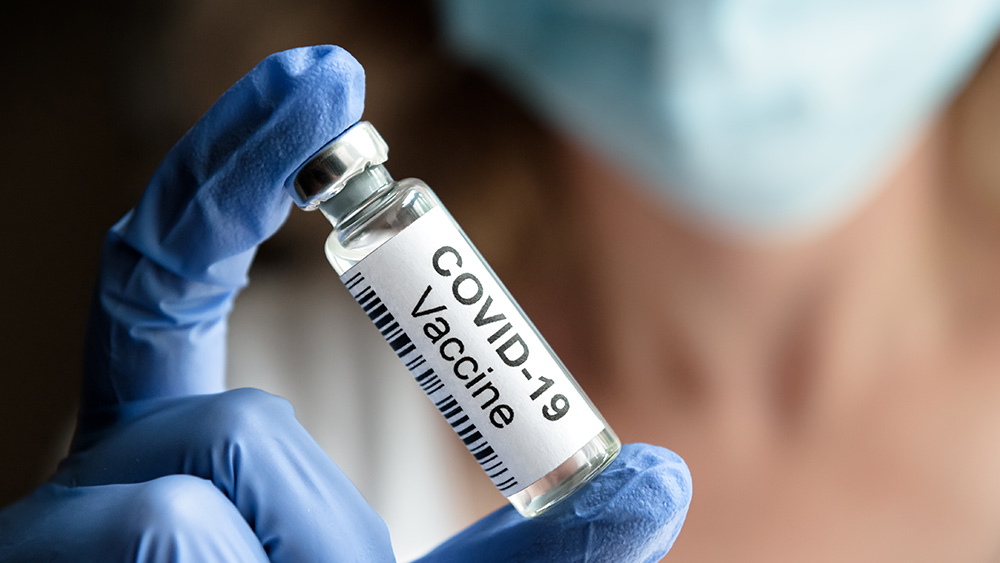FDA expediting approval for deadly flu shot linked to autoimmune disorders, paralysis and death
11/01/2015 / By Julie Wilson
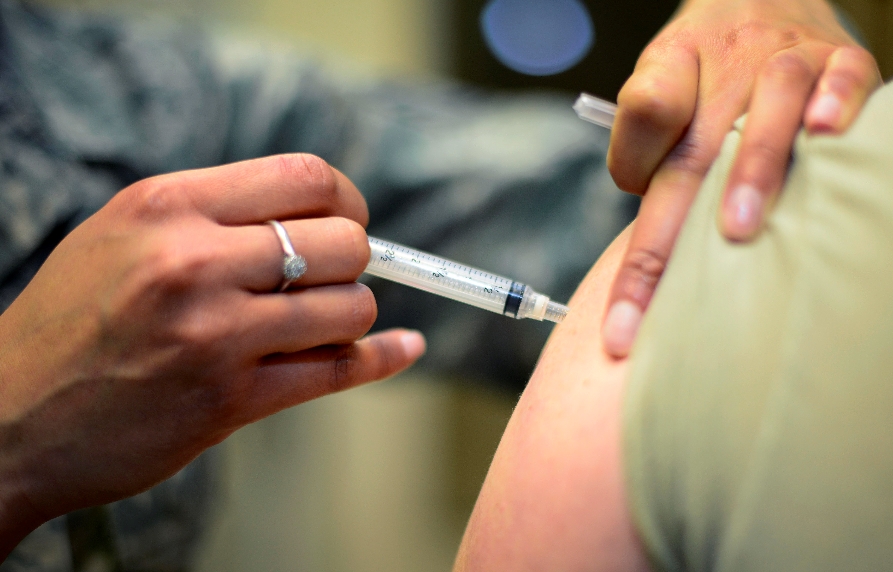
Last week, Vaccines.news published a snippet about the FDA fast tracking an incredibly dangerous flu vaccine called FLUAD. The piece generated a lot of buzz, prompting us to provide our readers with the full scoop.
Prepare to share this news with all of your friends and family, because, after reading this, you really wouldn’t want your loved ones to have this vaccine, which is scheduled to be rolled out for the 2015/2016 flu season.
Officials from the U.S. Food and Drug Administration (FDA) have decided to accelerate the license of a flu vaccine geared for use in seniors over the age of 65, and also one that has been linked to at least 13 deaths last year, prompting several countries to temporarily suspend vaccine lots containing the drug.
The fact that the FDA is fast tracking this vaccine is a mystery, as that approval process is typically reserved for emergencies during vaccine shortages.
Developed by Swiss pharmaceutical company Novartis, FLUAD, also known as MF59, contains a squalene-based adjuvant that’s added to enhance the body’s immune system response. Adjuvants, many of which are toxic, are added to vaccines as a cost-effective way to increase antibody titers using fewer antigens.
Squalene adjuvant vaccines create an extremely strong antibody response that may cause death in some people
While squalene occurs naturally in the human body in small amounts to assist with vitamin D production, administering synthetic squalene is much different, particularly when it’s injected via a vaccine.
When the body’s immune system is exposed to a vaccine, it induces cytokine storms, a potentially fatal reaction involving your red blood cells. When squalene adjuvants are introduced to the body via vaccines, the body’s immune system invokes a furious attack against its naturally produced squalene, leading to a number of autoimmune disorders including partial or complete paralysis, rheumatism and even death, according to Sott.net.
“This outcome was common during the 1976 national fake swine flu epidemic that spawned a very strong vaccination push,” subsequently generating numerous lawsuits due to the number of deaths it caused, leading to the eventual creation of the National Vaccine Injury Compensation Program (NVIP).
Vaccine injuries and deaths led to the creation of vaccine compensation program
NVIP was established in 1988 supposedly “to compensate vaccine-related injury or death claims,” but in reality, it was just there to protect vaccine makers from being held liable for harm caused by their products. According to Health Impact News:
“The National Vaccine Injury Compensation Program was established by Congress because the drug manufacturers threatened to stop manufacturing vaccines if they were not granted legal immunity from damages due to vaccines. It was no longer profitable for them to continue manufacturing vaccines in a free market, because of the large amount of lawsuits for injuries and deaths due to vaccines. So instead of requiring the drug companies to produce safer vaccines, Congress granted them total immunity from civil litigation due to injuries or deaths resulting from vaccines.
“Today, one cannot sue drug companies for damages or deaths due to vaccines. You have to sue the Federal Government and try to get some of the funds ‘set aside’ from this Vaccine Injury Compensation Trust Fund that your tax dollars paid for to begin with.”
Vaccines containing squalene adjuvants have a pretty frightening track record. For one, these vaccines were prohibited for quite some time, thus adding less credibility to its effectiveness, and more to its risk.
Secondly, three people died within 48 hours of being vaccinated with MF59 on November 28, 2014, which was reported by the Center for Infectious Disease Research and Policy (CIDRAP).
On November 29, 2014, that number rose to 11.
Controversy encircled Novartis flu vaccines even before those deaths. In 2012, Switzerland, Austria, Germany, Spain and France suspended deliveries of four flu vaccines produced by Novartis after testing identified possible side effects.
Italy eventually lifted their ban, and unfortunately, 13 people paid the price with their lives.
Thirdly, squalene adjuvants used in experimental anthrax vaccines were strongly linked to Gulf War Syndrome (GWS), also known as Desert Storm Disease, which killed more soldiers than combat. GWS symptoms include fatigue, persistent headaches, neurological symptoms (tingling/numbness in limbs), chemical sensitivities, heart problems, respiratory complications and many more.
Squalene adjuvants allow toxins to cross blood-brain barrier
Author and retired neurosurgeon Dr. Russell Blaylock warns:

“No one should take the swine flu vaccine — it is one of the most dangerous vaccines ever devised. It contains an immune adjuvant called squalene (MF-59) which has been shown to cause severe autoimmune disorders such as MS, rheumatoid arthritis and Lupus. This is the vaccine adjuvant that is strongly linked to the Gulf War syndrome, which killed over 10,000 soldiers and caused a 200% increase in the fatal disease ALS (Lou Gehreg disease),” reports Sott.net.
FLUAD consists of a combination of squalene and Polysorbate 80, a common surfactant used in vaccines, which literally blows up the blood brain barrier allowing aluminum, Thimerasol (a mercury derivative) and other vaccine toxicants to enter the brain, creating dementia and other debilitating neurological disease, Scott.net reports.
In addition to FLUAD, Novartis manufactures two other flu vaccines that are currently used in the U.S., Flucelvax and Fluvirin.
Sources:
Submit a correction >>
Tagged Under:
Adjuvants, arthritis, Autoimmune disorders, FDA, FLUAD, Lupus, mercury, paralysis, Squalene, Toxicants, Vaccine deaths, Vaccine injuries
This article may contain statements that reflect the opinion of the author
RECENT NEWS & ARTICLES
Vaccines.News is a fact-based public education website published by Vaccines News Features, LLC.
All content copyright © 2018 by Vaccines News Features, LLC.
Contact Us with Tips or Corrections
All trademarks, registered trademarks and servicemarks mentioned on this site are the property of their respective owners.




